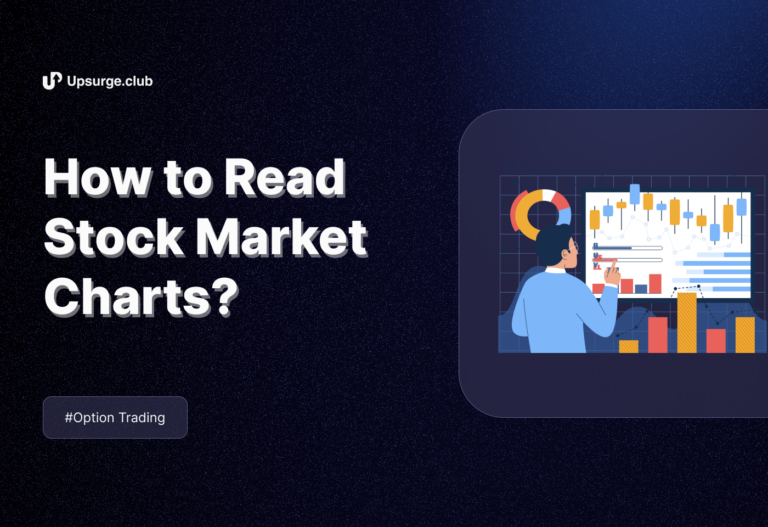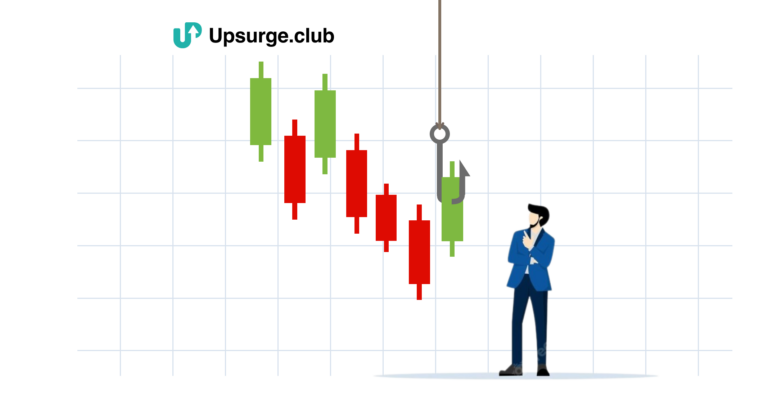As a beginner in trading, it’s important to equip yourself with effective strategies that can guide your trading decisions. One such strategy that has gained popularity among traders is the Ichimoku Trading Strategy. In this blog, we will provide you with a comprehensive guide to understanding and implementing the Ichimoku Trading Strategy. By the end, you will have a solid foundation to use this powerful tool in your trading endeavors.
Introduction to the Ichimoku Trading Strategy
Before we dive into the intricacies of the Ichimoku Trading Strategy, let’s familiarize ourselves with its core components. Developed by Japanese journalist Goichi Hosoda in the late 1960s, the Ichimoku Trading Strategy is a comprehensive approach to technical analysis. It incorporates multiple indicators and provides a holistic view of the market trends, support and resistance levels, and potential trading opportunities.
At the heart of the Ichimoku Trading Strategy is the Ichimoku Cloud, also known as the Kumo. This cloud-like structure on the price chart consists of two lines: the Senkou Span A (Leading Span A) and the Senkou Span B (Leading Span B). The space between these lines is filled with color, typically green or red, indicating bullish or bearish market conditions.
Understanding the Components of the Ichimoku Cloud
To fully grasp the Ichimoku Trading Strategy, let’s delve deeper into its key components:
- Tenkan-sen (Conversion Line): This line represents the average of the highest high and lowest low over a specific period, usually nine periods. It provides insights into short-term price momentum.
- Kijun-sen (Base Line): Calculated similarly to the Tenkan-sen, the Kijun-sen reflects the average of the highest high and lowest low over a longer period, typically 26 periods. It offers a perspective on medium-term price momentum.
- Senkou Span A (Leading Span A): This line is formed by plotting the average of the Tenkan-sen and Kijun-sen values and is projected 26 periods ahead. It serves as one of the boundaries of the Ichimoku Cloud.
- Senkou Span B (Leading Span B): Calculated by averaging the highest high and lowest low over an extended period, usually 52 periods, the Senkou Span B is projected 26 periods ahead. It acts as the other boundary of the Ichimoku Cloud.
- Chikou Span (Lagging Span): Representing the current closing price, this line is plotted 26 periods behind the price action. It helps traders identify potential support and resistance levels.
Source: Corporate Finance Institute
Applying the Ichimoku Trading Strategy
Now that we have a solid understanding of the components of the Ichimoku Trading Strategy let’s explore how to apply it to your trading decisions:
- Cloud Analysis: The first step is to analyze the position and color of the Ichimoku Cloud. A bullish signal is indicated when the price is above the cloud and the cloud is green. Conversely, a bearish signal occurs when the price is below the cloud and the cloud is red.
- Tenkan-sen and Kijun-sen Crossovers: Pay attention to the crossovers between the Tenkan-sen and Kijun-sen lines. When the Tenkan-sen crosses above the Kijun-sen, it generates a bullish signal. Conversely, when the Tenkan-sen crosses below the Kijun-sen, it generates a bearish signal.
- Chikou Span Confirmation: Confirm your trading decisions by analyzing the position of the Chikou Span. It supports a bullish outlook if it is above the price, while a Chikou Span below the price suggests a bearish sentiment.
- Support and Resistance Levels: The Senkou Span A and Senkou Span B lines of the Ichimoku Cloud act as dynamic support and resistance levels. Monitor how the price reacts around these lines to identify potential entry and exit points.
Conclusion
To deepen your understanding of the Ichimoku Trading Strategy and gain practical insights, we highly recommend enrolling in Upsurge.club’s Ichimoku Trading Strategy Course. This comprehensive course is designed to cater to beginners and experienced traders alike. You’ll learn to interpret the Ichimoku Cloud, identify trading signals, and develop effective strategies. Visit Upsurge.club today to take your trading skills to new heights.
In conclusion, the Ichimoku Trading Strategy is a powerful tool providing valuable insights into market trends and potential trading opportunities. By understanding its core components, you can enhance your trading decisions and improve your trading results. Remember, practice and discipline are key to mastering any trading strategy. Happy trading!



